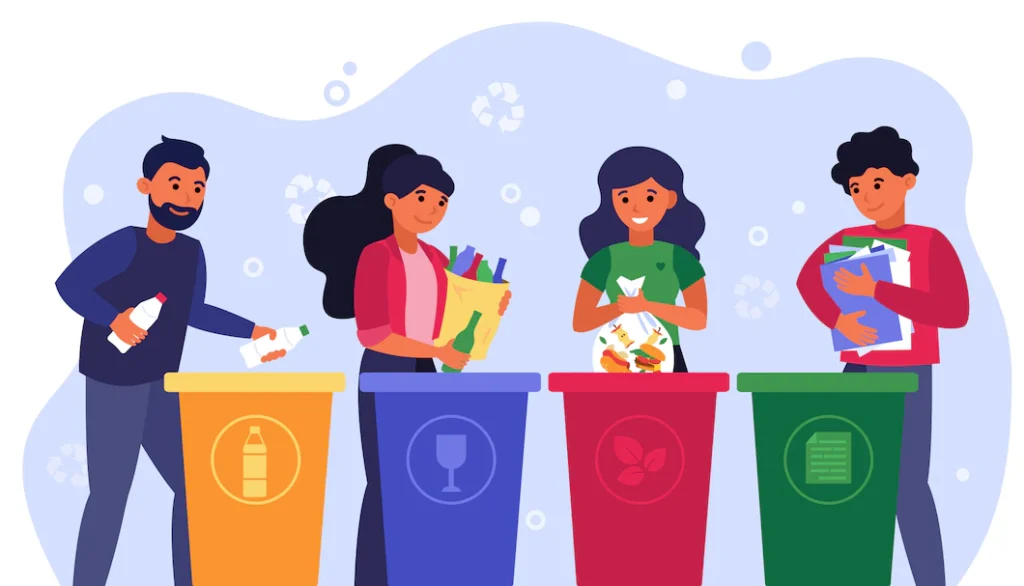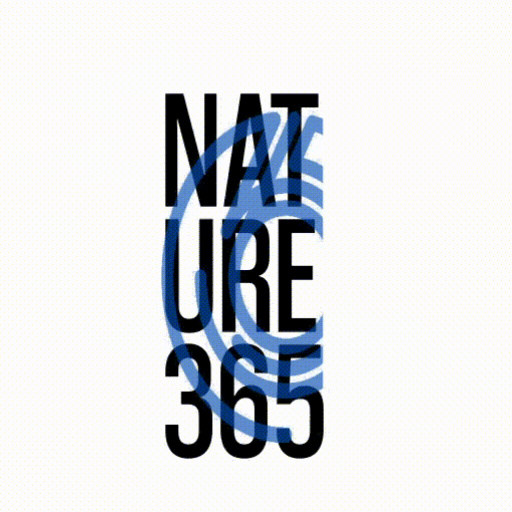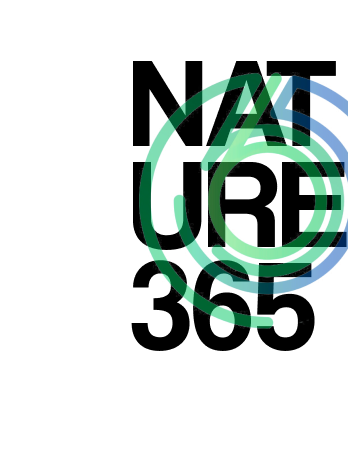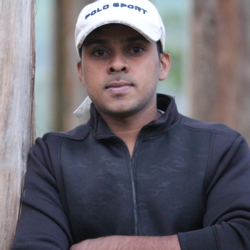Throughout human history, we have faced and surmounted various difficult obstacles, but we have managed to maintain our capacity for remarkable adaptability. As a result, there are reasons to have faith that we will also be able to conquer the present obstacles to sustainability that are being addressed on a social and even a global scale.
There are several ways the shift toward sustainability might take various forms. Most of the time, evolutionary adaptation is predicated on actual experiences, short-term effects, and fundamental theories of change. Carbon dioxide emissions, for example, cannot be seen, smelled, or directly experienced as harmful. Furthermore, the adverse effects of carbon dioxide emissions won’t occur for a reasonably long time in the future, even though they are frequently associated with behaviors that are immediately helpful or pleasurable in the here and now. Although this may change shortly, the likelihood of their consequences and the hazards they pose in the longer term are directly extrapolated from scientific models rather than direct personal experience.
Changing behaviors toward evolutionary adaptation in such a scenario may thus be quite different from changing behaviors towards evolutionary adaptation in previous circumstances in which humanity has had to cope with society-wide difficulties. The essential reforms will be driven chiefly by individuals, who will play a crucial role in this process. To further go into such action, it might be helpful to understand how individuals, both as customers and as involved citizens, choose among available options and make decisions. Cognitive science, psychology, behavioral economics, neuroscience, and the study of the brain all have the potential to yield valuable insights in this respect. They may reveal, for instance, what is happening in our brains when we receive scientifically supported information regarding sustainability problems and, as a result, make judgments and choices.
New research indicates that individual capabilities to make qualitatively different decisions that will accelerate the transition to sustainability vary and are strengthened by supportive and stimulating environmental conditions beginning in early childhood, formal and informal high-quality education, and learning that continues throughout one’s life. These treatments do not concentrate their attention on a limited number of decisions and behaviors but rather
help develop a universal ability. Many of these are articulated as components of various goals and objectives. Still, the aggregate effect of these goals and targets in enabling individuals to make choices that contribute to sustainability is only starting to become apparent.
The recently concluded race to curb throwaway culture has shaped intelligent ideas from the winners of the Circular Future Fund
The department store giant John Lewis in the United Kingdom committed $1.2 million in November 2021 to fund creative initiatives that promote a circular economy and challenge the culture of throwing things away. To get the ball rolling on the Circular Future Fund: The Million Pound Challenge, the department store chain collaborated with the nonprofit environmental Hubbub.
The partners offered organizations such as corporations, charities, social enterprises, and academic institutions two months to submit their ideas, which a panel of specialists would subsequently evaluate.
From the 245 people that submitted applications, four winners were chosen in April of 2022. The winners will get financial assistance for a period of one year to help them develop and put their ideas into action.
The partners are confident that this will substantially influence lowering the quantity of trash created by the existing culture of disposable goods, and they express this optimism via optimism.
The College of Leeds, Dame, Pip & Henry, and the Scottish Library and Information Council (SLIC) are the four organizations that have been selected as winners.
Dame
First on the list is a business that specializes in menstruation goods. Their objective is to make the use of menstruation cups more commonplace.
Dame argues that using menstrual cups is a straightforward and efficient way to reduce the amount of trash generated by menstruation and enhance the process overall.
The difficulty is that just five percent of people in the United Kingdom use menstruation cups. The majority of disposable pads consist of an average of 90 percent plastic. Currently, 4.5 million period products are disposed of in the trash every day in the UK.
The menstrual cup starting package that Dame proposes would come in various forms and sizes. In addition, they offer a straightforward take-back system that would hopefully entice customers to give the product a go.
Pip & Henry
The following on the list is a shoe firm that is committed to finding a solution to the issue of wasted footwear. Pip & Henry is a children’s shoe company that creates and manufactures inflatable and collapsible footwear.
According to the information provided by the corporation, the average amount of time spent replacing children’s shoes is four months. According to their study, around 85 percent of these old shoes end up in landfills.
They recommend a shoe style that can be adjusted to fit the youngster as they age. This can be accomplished with an extendable and modular sole—the shoe’s ability to expand three-half sizes thanks to its elastic and foldable components.
In addition, the shoe may be broken into its many components so that recycling can be accomplished more efficiently.

Scottish Library and Information Council (SLIC)
A creative group based in Scotland has devised the idea to adapt the library model to apply to apparel and home items.
They have a plan to renovate ten already established libraries into community facilities suitable for the circular economy. People will be motivated to borrow or fix the things they need rather than tossing out their old possessions and purchasing replacements due to this change.
University of Leeds
The fourth winner has created a prototype for a product that makes use of carbon dioxide to accomplish the task of separating color from polyester. Polyester is the most widely used kind of textile, but just 15% of it is created from recycled materials, according to researchers from the University of Leeds.
The previously colored polyester that is difficult to recycle is one of the obstacles recycled polyester faces. The team plans to scale up its prototype to enable the separation and reuse of the old dye and the polyester material.
- About the Author
- Latest Posts
A passionate advocate for all natural and sustainable ideas. With a background in sustainable economics science and a deep love for nature, Sojy has dedicated his career to promoting eco-friendly practices and encouraging others to live a more sustainable lifestyle. He is an avid hiker, gardener, and cook, and loves experimenting with natural ingredients in his recipes and lifestyle routines. Sojy believes that small changes can make a big impact and is constantly seeking out new ways to reduce his carbon footprint and inspire others to do the same



